Each submission gets timestamped with EST time and gets a unique identifier
assigned, example:
S10056

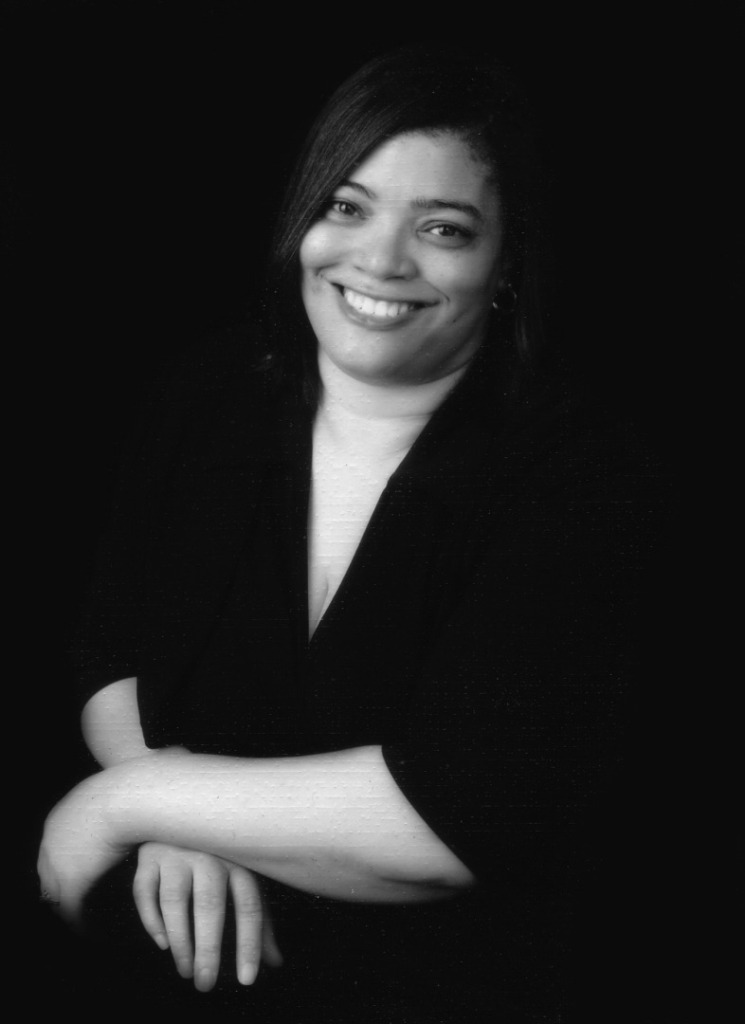
April 28 2021
by: Tiara Hughes, NOMA
Carla Flagg, NOMA, Associate AIA is a longtime friend and champion for the National Organization of Minority Architects. She has served in a variety of roles at the local and national level, and her involvement has provided Carla the opportunity to give back to her community and encourage young architects. In addition to mentoring young professionals and college students, Carla consistently volunteers with the NOMA SoCal Project Pipeline program. Currently, Carla is the Assistant Editor for the NOMA Magazine, coordinating efforts with R. Steven Lewis, NOMAC, FAIA to produce the Spring 2020 and Fall 2020 print and online editions.
Carla has over 20 years’ experience successfully leading projects for commercial, retail, and housing clients. Presently a Project Manager with Masbuild, Inc. in Pasadena, CA, Carla recently completed NCARB testing for the Architecture Registration Exam and is preparing to complete the final Supplemental Exam to receive her architecture license with the State of California.
Tiara Hughes: How did you first become interested in architecture?
Carla Flagg: As a child, I can remember drawing homes for my mom and grandmother, and saying when I grow up this is where we will all live. Now that I think on it, my older sister must have teased me, because I always drew her room detached from the rest of the house.
My dad passed when I was very young, but I remember he was creative and liked to draw. Growing up, I sought out the arts as an homage to my father. This venture led me to my first drafting class during my senior year of high school. My drafting teacher saw that I had aptitude towards drafting and recommended I go to California Polytechnic State University, San Luis Obispo (Cal Poly) to study architecture. I remember being the only girl in the class, but my drafting teacher did not deter away from encouraging me. He said Cal Poly Architecture would be a difficult program to get into, but I should apply anyway. My guidance counselor, on the other hand, encouraged me to go to UCLA, even though it did not have an undergraduate architecture program. He said I should consider other majors. I applied to both schools and was accepted to both. I chose Cal Poly because I was interested in learning more about architecture.
“My dad passed when I was very young, but I remember he was creative and liked to draw. Growing up, I sought out the arts as an homage to my father. This venture led me to my first drafting class during my senior year of high school.”
TH: When did you first learn about NOMA, and how have you been involved over the years?
CF: I first learned of NOMA through an instructor at Cal Poly, Mr. Brad Grant. He was the first African American instructor in the program during my time there, and I was happy to get his class. Through Brad, I was selected by the college to have a paid trip to attend the NOMA conference in Washington, DC in 1990. I was so excited to see and connect with so many African American architects and students like me pursing architecture as a career, that I returned to Cal Poly with a new energy and founded our first NOMAS chapter at the school.
“I was so excited to see and connect with so many African American architects and students like me pursing architecture as a career, that I returned to Cal Poly with a new energy and founded our first NOMAS chapter at the school.”
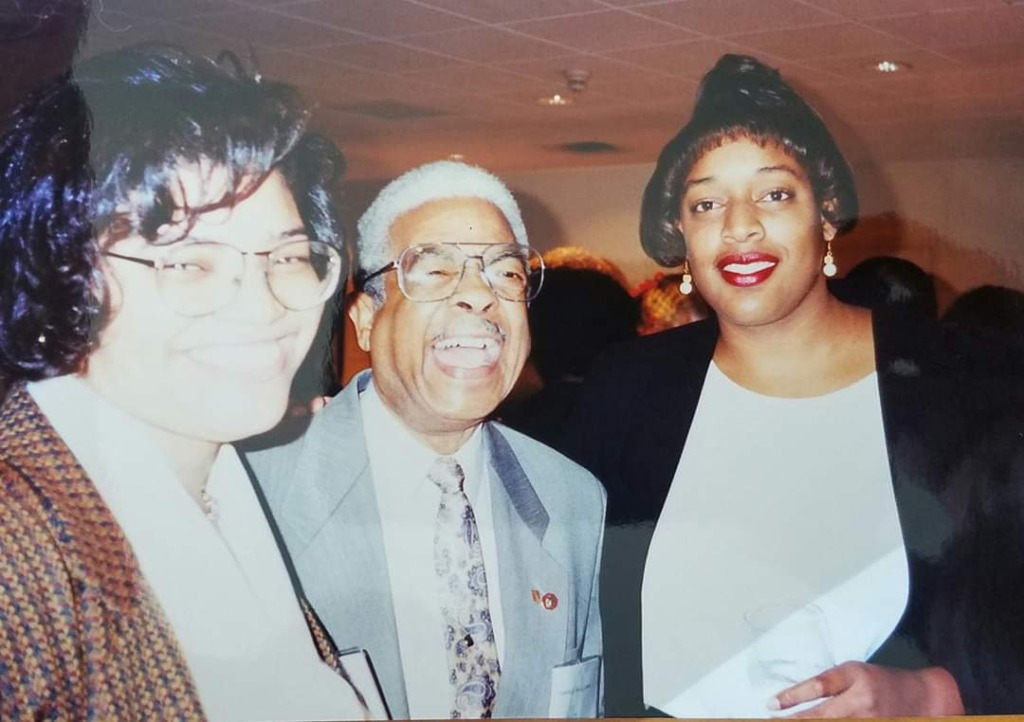
TH: How has NOMA impacted your professional trajectory?
CF: Many of my employment opportunities have come from a NOMA member or firm. One of my first jobs was with one of the NOMA Founders, Harold Williams at HWA. I’ve worked with RAW International (Steve Lott and Roland Wiley, NOMA, AIA) and am currently working with Masbuild (Charles Bryant, NOMA, AIA). But regardless of what path I have traveled, several NOMA members have always been walking alongside me, as we encouraged each other with our professional careers (Jonni Atkins, Bryan Hudson, Erroll O’Neil and Ameera Ashraf-O’Neil, Joel Avery and so many more). Not to mention the countless mentors that I have learned from (R. Steven Lewis, Drake Dillard, Carlton Smith, James Washington, Sanford Garner), and the list goes on.
“Many of my employment opportunities have come from a NOMA member or firm. One of my first jobs was with one of the NOMA Founders, Harold Williams at HWA.”
TH: Can you share some of your most meaningful architectural work?
CF: Most of my career has been in the production department, working as a team player or leading the team to a successful project within budget and schedule. I suppose my most meaningful architecture projects happened early in my career as I began to transition into Project Management. I recall serving as an Assistant Project Manager on a 60,000-sf shopping center known as Highridge Crossing Shopping Center in Valencia, CA while working with KKE Architects (now part of the DLR Group). This was the first time that I was encouraged to step out of my comfort zone of drafting construction documents, and experience the nuances of managing a project. I learned a lot from the Project Manager I was assisting as well as the contractor on this project. With this experience, I was able to develop a team-centered management style that still serves me today.
After the Highridge Crossing project, I was entrusted to be Project Manager on the Talega Village Shopping Center in San Clemente, CA – a 103,000 sf shopping center with 6 retail buildings. Talega Village was my first solo project as manager. As with many experiences, I was the only female and African American in the room during the project meetings and site visits. This project challenged me to be confident in my abilities, build on my knowledge base, and hone my communication skills. In the end, I developed strong ties with the development company client as well as the construction team, that assisted me in my next assignment for the Palmdale Project.
“As with many experiences, I was the only female and African American in the room during the project meetings and site visits. This project challenged me to be confident in my abilities, build on my knowledge base, and hone my communication skills.”
I remember these early projects so fondly because of the direction my career was headed at the time. I enjoyed managing the larger projects and working within a broader team atmosphere, with direct communication with clients and the construction team; however, life will throw a curveball in your path, as it is occasionally known to do. For me, that curveball came in the shape of a significant family change, as my mother became ill soon after the Palmdale project in 2012. Her illness caused me to immediately step back from project management commitments and focus on my family’s needs, which now involve long-term caregiving needs.
Although my path in architecture has changed, my interest in this craft remains strong. I still enjoy the projects I currently work on, that range from residential to schools, and the team aspect in-house with my co-workers and consultants. In my core, I am still that kid drawing homes and dreaming of what our future can be; except now if I was that kid drawing up a family home, my sister would definitely get her own mansion.
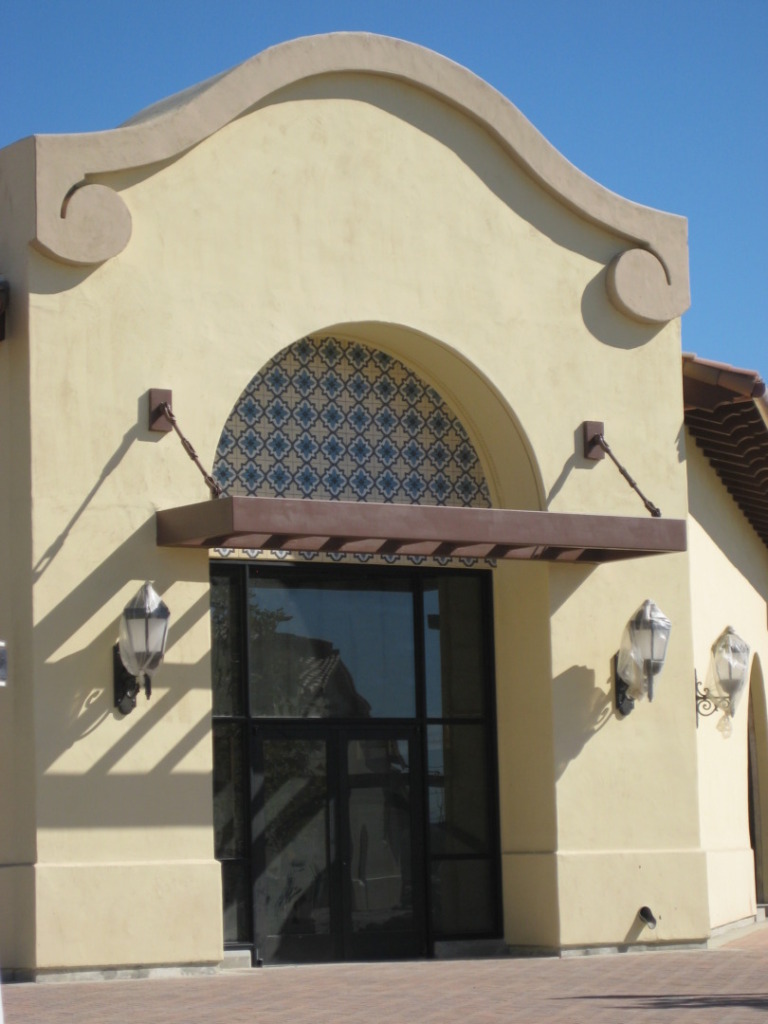
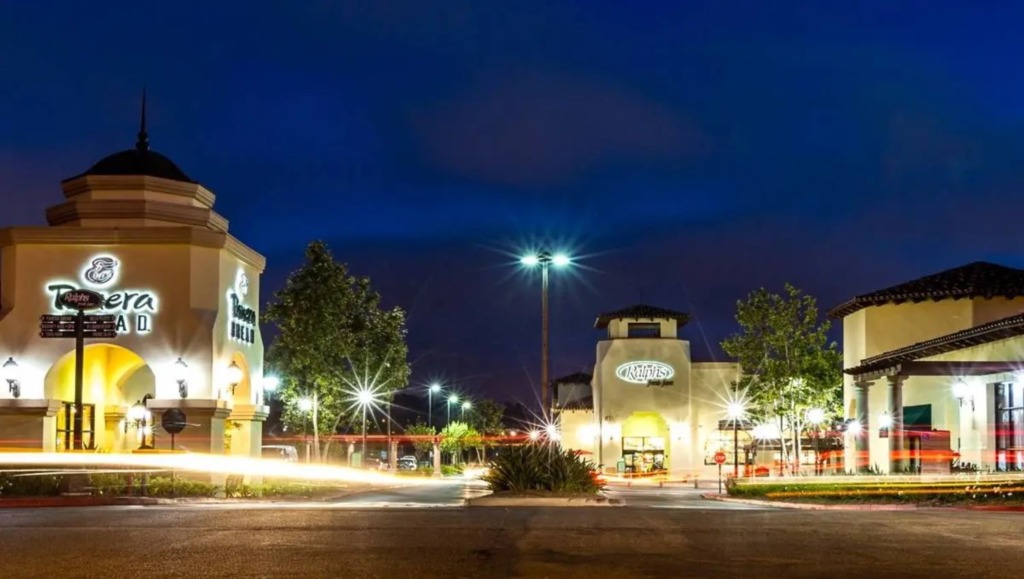
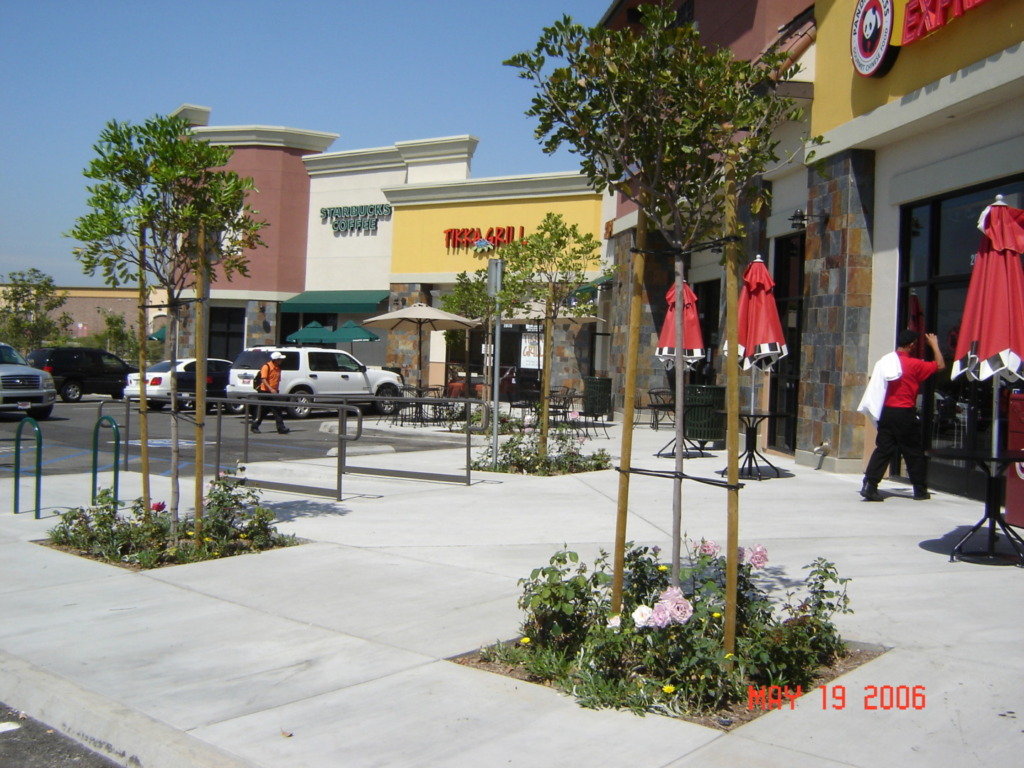
TH: Do you recommend people become a member of NOMA, and if so, why?
CF: I could talk about the opportunities to give back to community, or to be a representative for other aspiring African American female architects, which are both true. There are opportunities within local chapters to volunteer with Project Pipeline, connect with local college students studying architecture, interns to connect with professionals, as well as business owners to discuss growth and development. However, the real reason why I recommend people become members of NOMA is for the outstanding connection developed among students advancing into their professional careers, as well as connections with professionals. I have met and made so many outstanding connections with my peers from across the United States that have lasted for decades. There is a unique sense of family that you can experience as a NOMA member that I have not experienced within other organizations.
“However, the real reason why I recommend people become members of NOMA is for the outstanding connection developed among students advancing into their professional careers, as well as connections with professionals.”
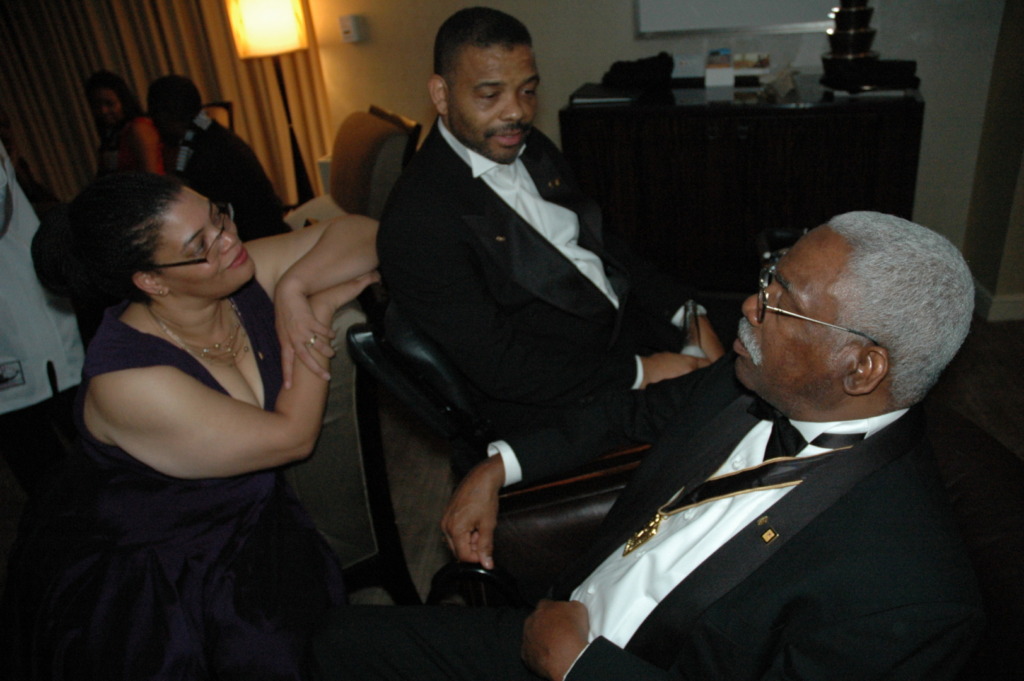
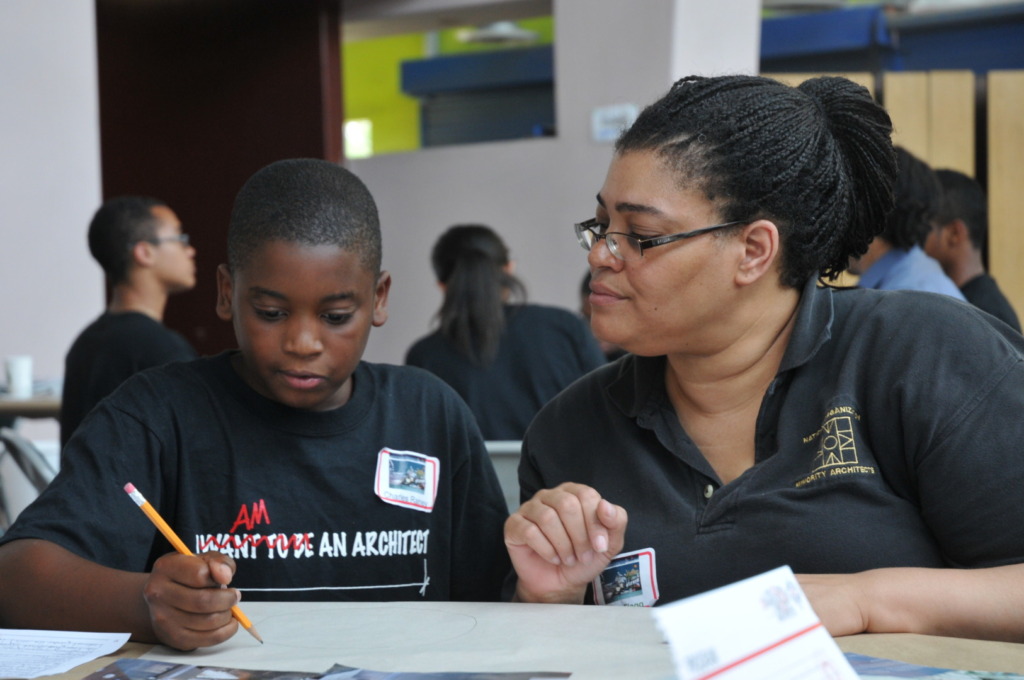
TH: What advice do you have for our NOMAS membership, as they begin their architectural careers?
CF: My advice to the next generation of architects is to start taking your NCARB Architecture Registration Exams as soon as possible; take advantage of your local NOMA chapters; and attend the National NOMA Conferences to find mentors and networking opportunities. What I have enjoyed about NOMA over the years is the bonds of friendship with NOMA professionals that were forged during our meeting at a NOMA conference as students, as well as the employment opportunities or review of work by my NOMA mentors.


Each submission gets timestamped with EST time and gets a unique identifier
assigned, example:
S10056


Your ID: S12312312






This notification means your entry was sent successfully to the system for review and processing.
If you have any further questions or comments, reach out to us via the main contact form on the site
Have a great day!







New to NOMA?
Create your account
Already have an account?
Sign in

Not A NOMA Member? Click Here!
Create your account
